May 2023
How do we reduce waste at airports? And how do we ensure that the waste we collect can be properly recycled? Then first we need to know how much waste we currently have, what the waste streams consist of and to what extent our partners and passengers manage to separate waste. And so we planned an adventurous waste safari in the underbelly of our airports to look for our ‘big five’. That is: the most the most important insights. Spoiler: the coffee cup is our number one. We found it in every waste bin.
Do you know in what bin to put your coffee cup?
A coffee cup, a plastic bag with half a sandwich, a dirty pizza box and a PET bottle. Do you know in which bin to put what? Often a challenge at home, but at an airport, where you mainly want to catch your flight safely and smoothly, separating waste correctly does not immediately have the highest attention. This was also evident from the findings of our waste safaris.
Why would you organise a waste safari?
A waste safari is primarily a waste audit. It is a process of evaluating and analysing the waste generated within the airport. It involves collecting, sorting, and measuring the different types of waste produced, as well as identifying the sources and causes of waste. We organised one at Avinor Oslo Airport and at Amsterdam Airport Schiphol to gain insights in the airport’s waste streams. Or rather, resource streams, as we like to see it. The safari also helps us to identify areas where waste reduction or diversion efforts can be implemented. That can potentially lead to cost savings and environmental benefits. And last but not least: a waste safari raises awareness about the impact of waste on the environment and it promotes sustainable practices among airport employees, business partners and passengers.
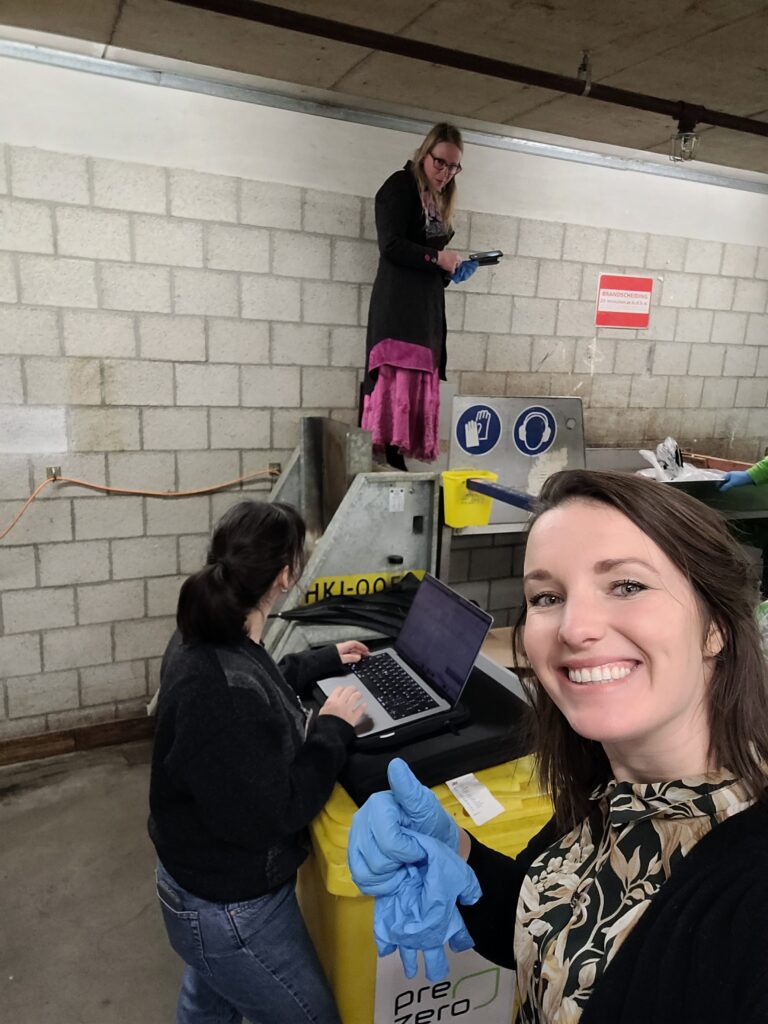
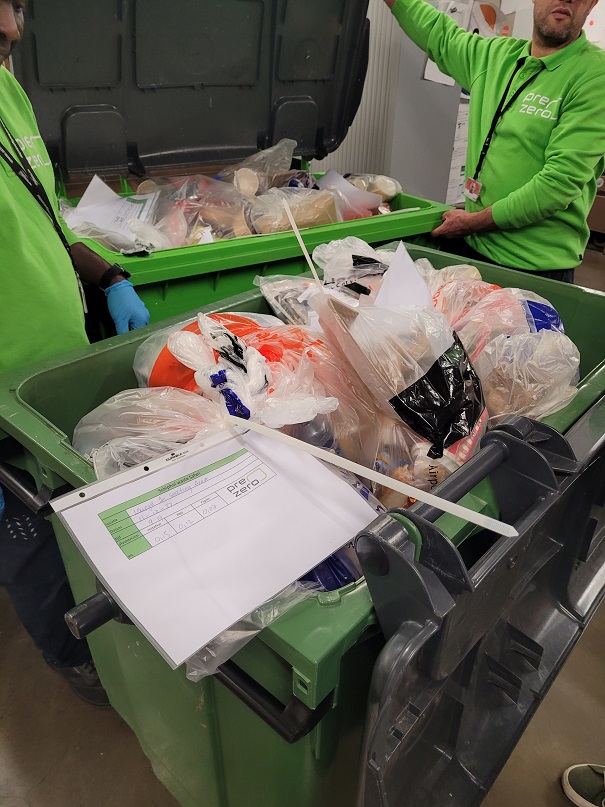
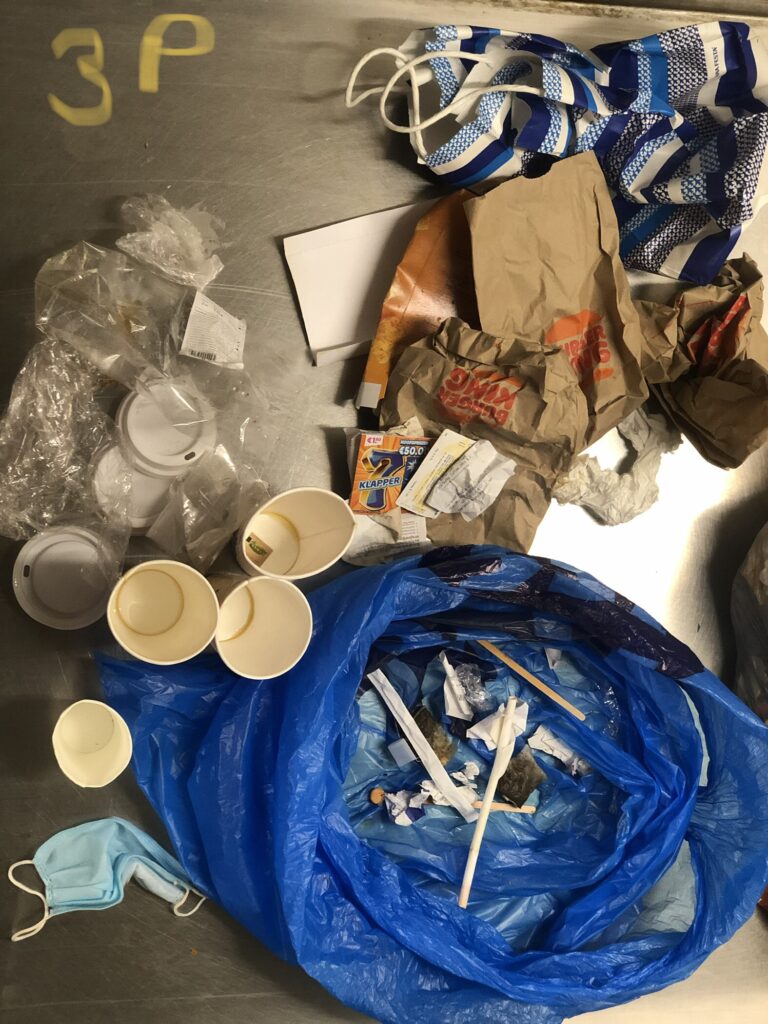
What are our insights?
We found that the waste streams at TULIPS airports, although separated, are quite contaminated. That makes it harder to reuse or recycle. We also noticed at both airports that the coffee cup is difficult. It’s one of the ‘big five’. The ‘big five’ – the five most important problems or insights – are food related items, like PET bottles, cans and food bags. But we also noticed that countries differ. Not just in types of garbage bins, but also in waste streams and behaviour.
Insights from Avinor Oslo Airport
- Paper containers in the passenger areas contain mostly paper, but half of that is not recyclable paper due to contamination or mixed materials.
- The amount of waste collected from commercial units is multiple times more than the amount of waste collected from common passenger areas.
- Good cans and bottles source separation in public areas: 92% of the content of cans and bottles bins were recyclable cans and bottles.
- Most single use items are used and thrown within the serving units’ locale
- Over a third of the food waste from commercial serving units is edible food
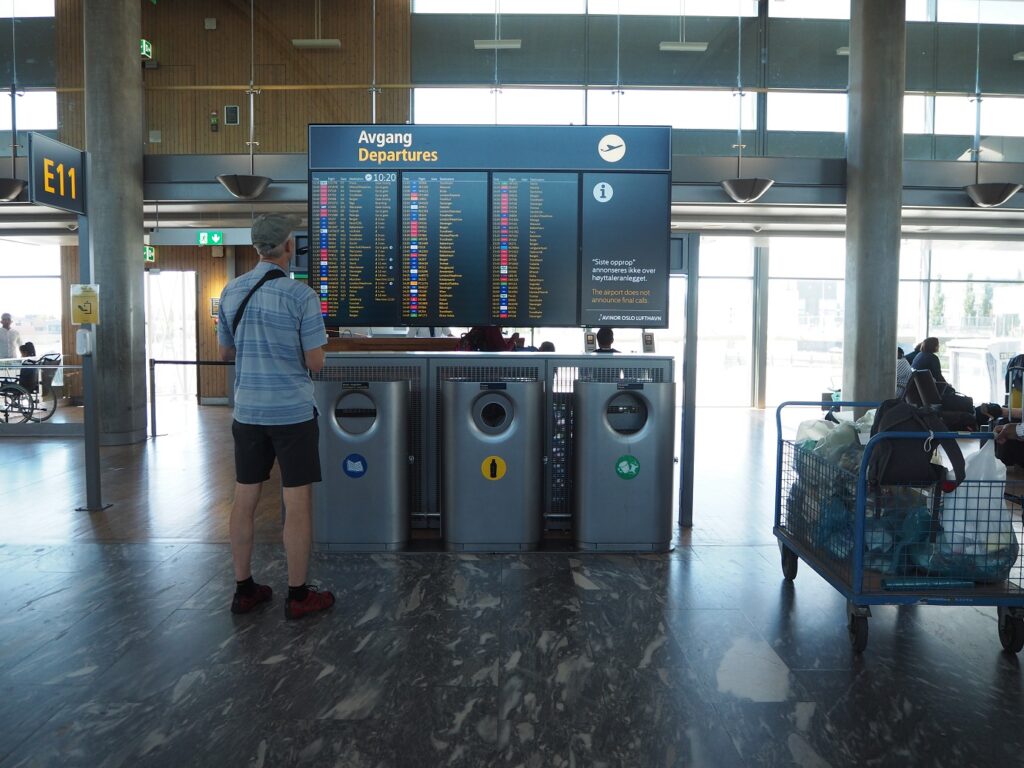
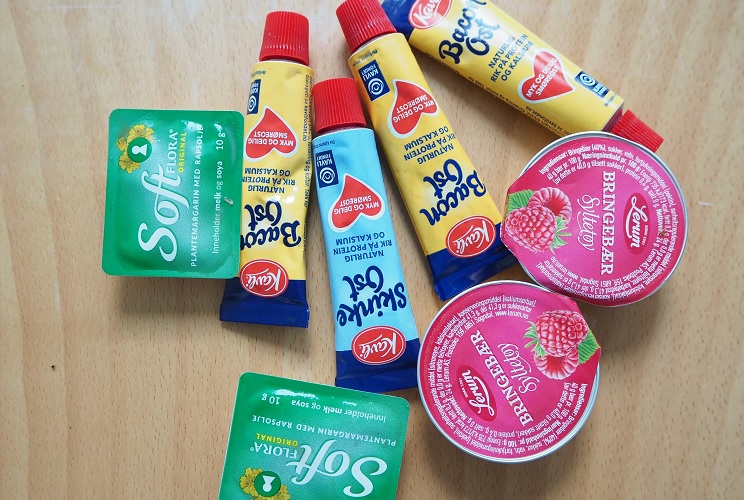
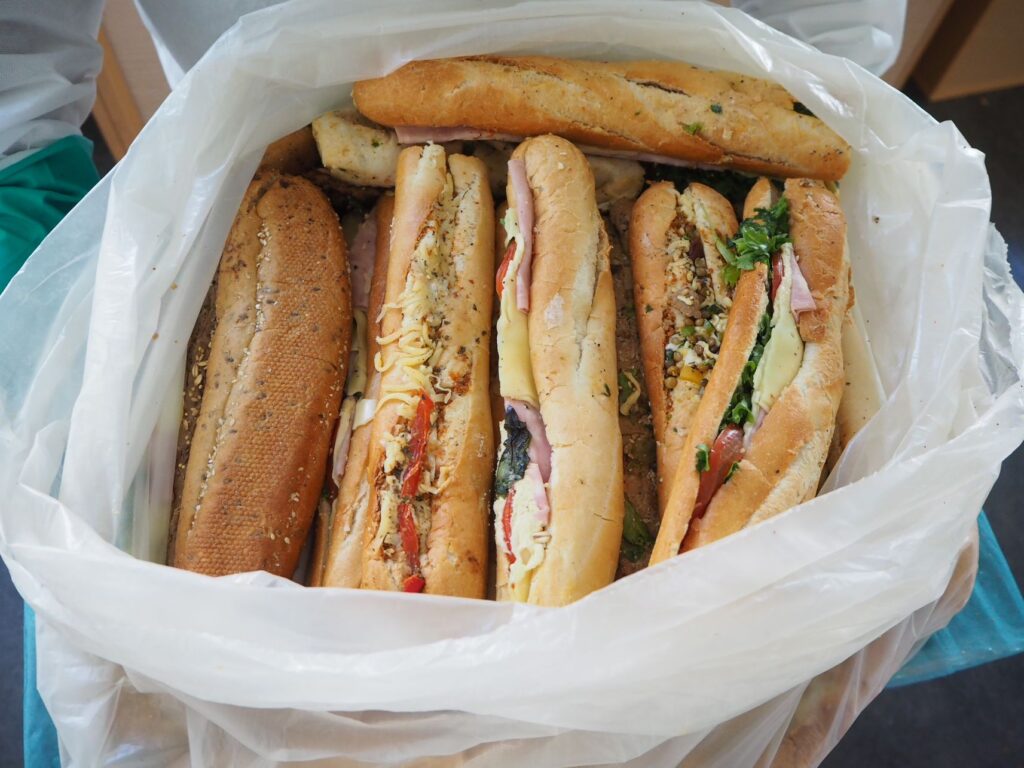
Insights from Schiphol
- The most common items found in terminal bins include coffee cups, PET bottles, cans, food/drink hybrid plastic packaging and solid food containers (the so-called BIG FIVE).
- Despite options for passengers to separate between paper, plastic and residual and more options to separate for business partners, contamination of streams happens almost always, showing that attempts to dispose waste correctly failed.
- Waste bags are often collected while not full, meaning lots of plastic bags go directly to waste.
- Partners involved in creating, cleaning and dealing with the waste streams are extremely. important to team up with in order to change the processes, next to nudging the passenger.
Next steps Avinor Oslo Airport
The different insights logically lead to different next steps per airport. Avinor Oslo Airport plans to reorganise passenger waste collection in common areas in order to better facilitate recycling, paired with better information towards passengers. Since we concluded that the waste of tenants is much bigger than that of passengers, Avinor also aims to work closely with commercial tenants on increasing recycling, reducing food waste, and reducing unnecessary single use serving.
Next steps Amsterdam Airport Schiphol
Schiphol, together with TU Delft will pilot nudging strategies with relevant stakeholders (not only passengers) to reduce prioritised streams. We’re also developing a monitoring framework that is based on the three strategies from PBL, using them as a set of principles that can be applied to reduce waste and promote sustainability and circularity. These strategies are, in order of preference in a circular economy:
- Smarter product use and manufacture (by Refuse, Rethink, Reduce)
- Extend lifespan of product and its arts (Reuse, Repair, Refurbish, Remanufacture and Repurpose)
- Useful application of materials (Recycle and Recover)
Zero waste coffee cup
We will keep you posted on our findings. And as to the coffee cups; you should put them in the bin for residual waste for now. But a zero waste coffee cup would make us very happy. Do you have any ideas on how to design such a coffee cup, taking into consideration upcoming legislation? Please share them with us via tulips@schiphol.nl!
Photo’s Schiphol by Anne Rademaker, Sonja van Dam and Elisabeth Tschavgova. Photo’s Avinor by Rita Jonyer.
